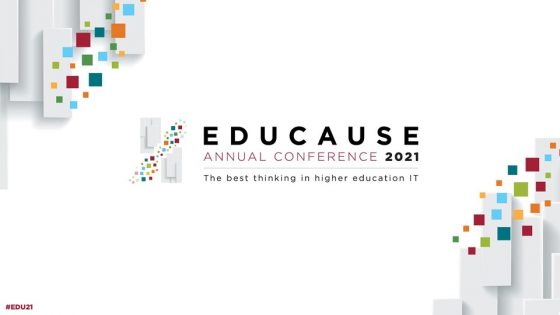Academic software licensing has evolved remarkably over the past decade. The rapid proliferation of software titles and emergence of new licensing models has totally transformed the task of managing and distributing licenses.
This rapid and drastic transformation is creating headaches for IT and software-licensing staff in higher education. Systems developed over a decade ago – which were intended to handle much fewer licenses under much simpler licensing models – are buckling under the strain of new requirements and complexities. The abrupt shift to remote education triggered by COVID-19 has exacerbated and underscored the shortcomings of these legacy systems.
All of this has many academic IT leaders wondering what a “future-proof” solution for managing software licenses would look like. While no solution is 100% resilient to future changes, here are our tips for getting yours as close as possible.
Designing a Centralized License Management Solution at the University of Pennsylvania
Penn Associate VP Chris Bradie and Kivuto CEO Mark McKenzie describe how the University of Pennsylvania is transforming its Office of Software Licensing into a centralized, integrated function that reduces costs, risks, and administrative burdens, while providing their community with a modern user experience.
Ditch the Spreadsheets
Considering the digital age we live in, it’s remarkable how many higher-ed institutions are still managing software licenses in a low-tech way. It’s common for colleges and universities to track procurement and order data manually, via complex spreadsheets.
This practice is neither efficient nor scalable. The work is slow, consuming vast amounts of valuable staff time. It’s also extremely vulnerable to human error; mistakes are easy to make and difficult to track down. And like so many processes related to managing software licenses, it will become harder to sustain as the volume of software licensed by academic institutions continues to rise.
Universities and colleges should move away from spreadsheet-based systems for tracking data related to license procurement and adoption. A digital system for tracking this data will minimize errors, facilitate the generation of reports, and allow for greater scalability.
Automate Processes and Offload Work
This is similar to the point above but constitutes an extra step forward. To create a truly streamlined solution for managing software, schools should automate as many of the processes involved as possible.
For example, schools can automate eligibility verification by leveraging a platform that integrates with their single sign-on (SSO) authentication system. Give students direct, self-serve access to the software they need to eliminate the work of manual distribution. If your institution charges students for software, you can automate the processing of payments with secure e-commerce.
Processes that cannot be automated may be outsourceable. Providing technical support to students is a perfect example. Service providers that offer end-user support can take a huge amount of work off school staff’s shoulders. Hochscule Bochum, for example, was able to reduce their support burden by over 250 tickets within one year taking this approach. Anything that reduces the amount of work for your staff is a positive step toward future-proofing how your institution licenses software.
Centralize to Streamline
Centralization is key to a future-proof system for managing software licenses.
Centralizing software management streamlines staff workloads and fosters collaboration. Centralizing software access improves the student experience, making it easier for them to find the software they need by consolidating it all in a one-stop shop. Centralizing both management and distribution improves schools’ visibility into demand for software and their purchasing power with vendors.
Unfortunately, decentralization is rampant in education. A 2020 study by Kivuto found that over 59% of colleges and universities in the US have no single system for managing and distributing software – the process varies by department and campus. Many institutions wouldn’t have it any other way in most respects. However, there is a growing understanding in the academic IT community that when it comes to managing software licenses, decentralized approaches are not sustainable.
“We embrace our decentralization,” says Chris Bradie, Associate VP at the University of Pennsylvania. “But when it came to the issue of licensing and software acquisition and negotiating these contracts, this was not a place to embrace decentralization. This was a confusing landscape that we needed to resolve.”
* * *
Want more tips on creating a future-proof solution for managing academic software licenses? Read part two of this series – Three More Ways to “Future-Proof” How Your School Manages Software Licenses.
Designing a Centralized License Management Solution at the University of Pennsylvania
Penn Associate VP Chris Bradie and Kivuto CEO Mark McKenzie describe how the University of Pennsylvania is transforming its Office of Software Licensing into a centralized, integrated function that reduces costs, risks, and administrative burdens, while providing their community with a modern user experience.













